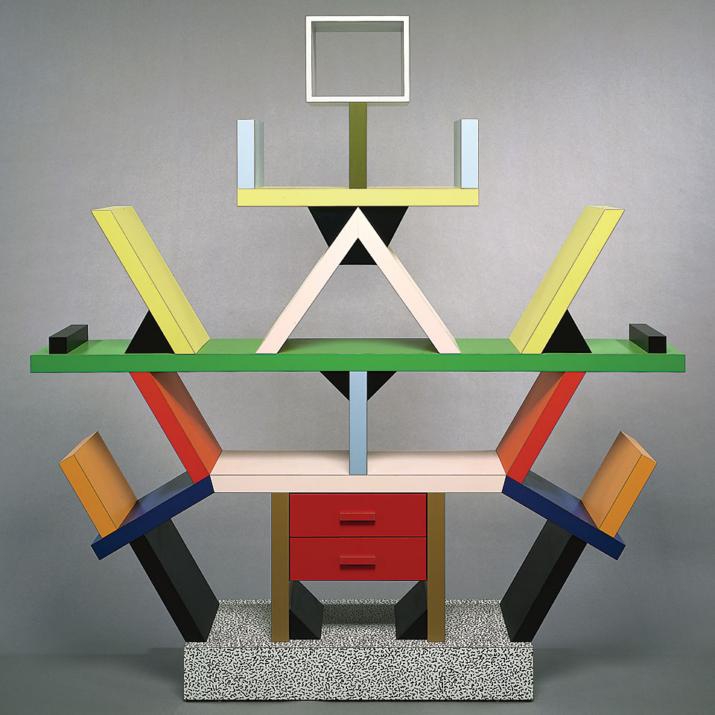An opinion piece
Canada has never been known for its design. Historically, influential designers came from Europe, and when New York took over Paris’s role as the major art city, those designers migrated to the United States and not to Canada. Personally, I think Canada lacks personality. We have no voice in the design world, and for the small amount of voices we do have, their success is better found in our neighboring country.
I also believe that indigenous design has never received the credit or platform it deserves. The indigenous design has long-lasting roots, a beautiful yet equally painful history, a distinctive style, and incredible craftsmanship. I would personally love to discuss and showcase work, but I personally don’t feel as though I have the accreditation to do so. I have extremely surface knowledge, and I do not come from a background that ties me to that culture. What might be a beautiful piece of art or design in my eyes, most likely has extreme spiritual, historical and sentimental value to First Nations that I would not be able to express.
I feel that our ‘important’ present-day designers have a certain stiff and corporate feel to them. Those feelings are probably caused by the little care I have for Canadian design and the fact that some things I see that seem to englobe Canadian design does not inspire me.
However, I do think that Canadian design is at a turning point, with multiculturalism playing a massive part. We aren’t there yet, but from my time at BCIT studying graphic design and my first year at Capilano in the IDEA program, I have been lucky enough to see multiple young designers from different ethnic backgrounds, all bringing something different and beautiful to the table. It is clear that new and young designers want to have fun and hopefully, that will be showcased as Canadian design in the coming future.




